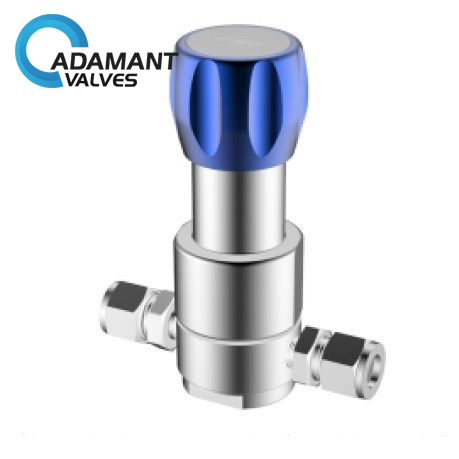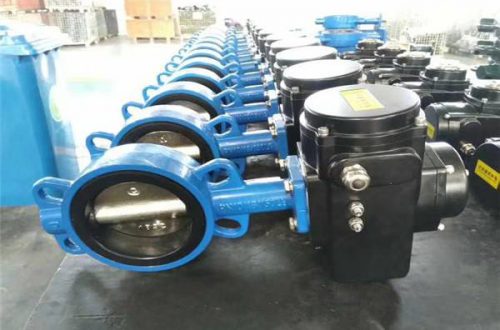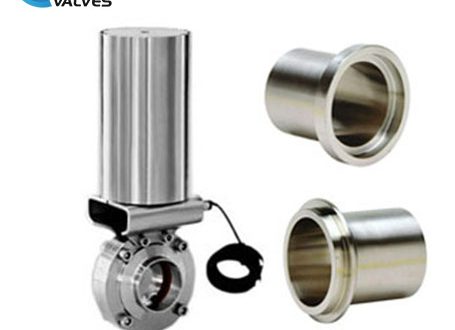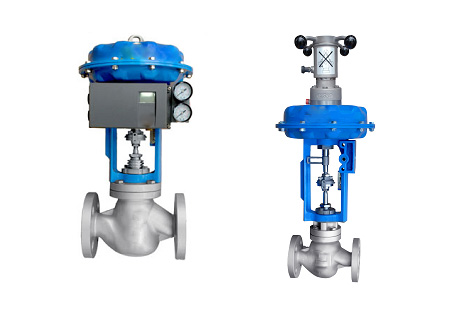Electric emergency shut-off valves are generally used on various water pipes and air pipes to prevent leakage. When you think the flow rate of water or airflow is too high or too low, you can use an electric emergency shut-off valve to close and open the valve, so that the fluid flows through the pipeline at a uniform flow rate. So, what aspects should be paid attention to when using the electric emergency shut-off valve? Read on to find answers to the question.
1. Store the valve in a dry place
It is very important to prepare a good storage space. When the valve is placed in a humid environment, it will cause rust and damage to the product itself, which may affect its normal use in the future. Therefore, when you purchase a new electric emergency shut-off valve, if you do not need to use it immediately, you can store it in a relatively dry and stable environment.
2. Frequent inspection and maintenance of valves
Good quality valves purchased from reputable manufacturers will of course have a longer service life. Even so, it is recommended that you check and service the valve regularly. If the valve product is damaged but not maintained in time, it will inevitably affect normal use and cause flow problems in water pipes and air pipes.
3. Do not forcefully open and close the valve
When using an electric emergency shut-off valve, do not use too much force when opening and closing the valve stem, otherwise, it may cause damage to the parts or even break the parts. Once the parts are worn and broken, it may cause objects in the water pipe or air pipe to leak, or objects in the pipe to pass too quickly, causing injury to personnel.
The above rules are not only applicable to the electric emergency shut-off valve, but also applicable to various other valves. In general, if you buy sanitary valves or other valves made of stainless steel, you can reduce the impact of improper use on the valve. Of course, the price of this kind of valve using high-quality materials is also higher than that of ordinary valves, so you need to make a decision weighing the pros and cons while purchasing.





